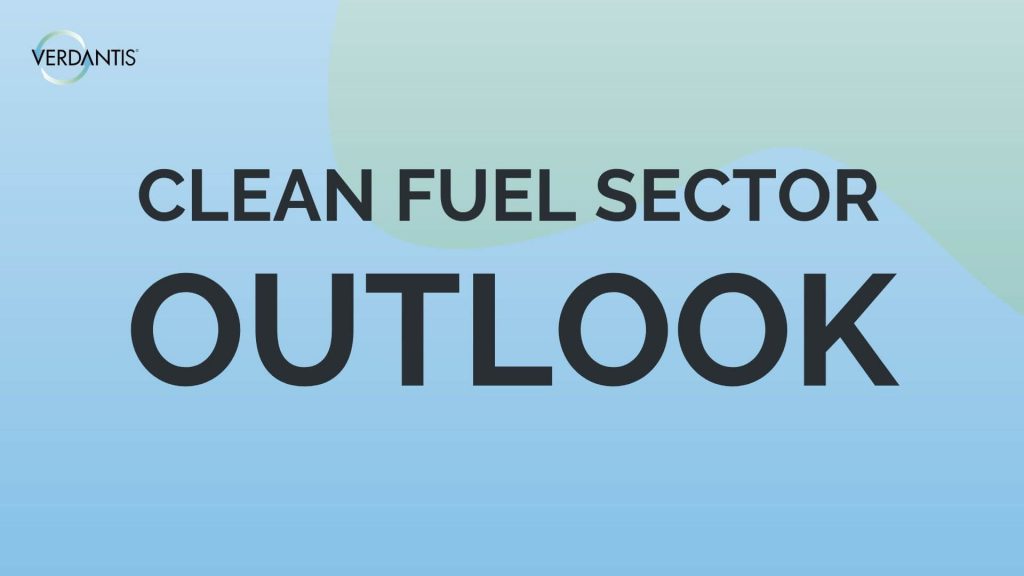
Solar
Promise: Enough sunlight hits Earth in one hour to power the world for a year. In 2010, the solar industry predicted that as many as 500,000 people would be directly or indirectly employed in the US solar sector by 2016.
Reality: By 2012, the number employed in this sector was more like 100,000. Prices for conventional solar cells fell 40 percent in a year, due largely to a flood of panels from Chinese manufacturers, which had benefited from plunging silicon prices and government support. The price drop eviscerated the US solar manufacturing industry.
Outlook: China’s 54 percent share of the global panel-making market will grow, and we’ll remain locked into an older technology. But cheap panels mean more of them on rooftops, which is good.

Wind
Promise: The US has the potential to generate enough wind energy to meet the nation’s total consumption 12 times over.
Reality: At $35 a megawatt-hour, the wind looked like a good deal back in 2007, when wholesale electric prices ranged between $45 and $85 per megawatt-hour. But the natural gas boom, plus the 2008 recession, drove prices under $30 by 2009, eliminating wind’s financial edge. Also, NIMBY protests have made getting approval for a wind farm in the US as difficult as getting it for a coal-fired plant.
Outlook: Cheaper prices for turbines should result in lower costs for wind power. Though growth has slowed since 2008, this sector is still expected to cover about a third of any increased energy consumption in the US between now and 2035.

Algae
Promise: Algae is, by some measures, up to 30 times more energy-dense than other biofuel crops. It ought to yield cheaper fuel, saving huge swaths of arable land.
Reality: A recent Department of Energy road map includes a 33-item list of R&D challenges— from assessing environmental risks to creating efficient conversion methods—that must be overcome for algae to be viable. In fact, researchers are still unable to cultivate algae on a large scale.
Outlook: In 2010, the DOE cautioned that “many years of both basic and applied science and engineering will likely be needed to achieve affordable, scalable, and sustainable algae-based fuels.”

Fuel Cells
Promise: Zero-emission energy for everything from laptops to cars to power stations, all fueled by the most abundant element in the universe, hydrogen.
Reality: To compete with fossil fuels, the electricity from fuel cells needs to sell for around $30 per kilowatt. Right now, that figure is about $49. Also, there are only about 60 hydrogen refueling stations in the country, serving around 200 small vehicles and 15 buses. Industry leader FuelCell Energy lost $56.3 million in 2010 and has never turned a profit.
Outlook: Even if fuel cells become cheaper and more reliable, workable hydrogen infrastructure is still decades away in the US.

Batteries
Promise: Zero-emission vehicles assume that the power for recharging the batteries comes from zero-emission sources.
Reality: The federal government injected $2.4 billion into the battery industry in 2009, under the American Recovery and Reinvestment Act, with the stated goal of getting more electric cars on the road. But expensive materials meant that advanced lithium-ion batteries still cost about $650 per kilowatt-hour of usable energy. At that level, the 24-kWh battery pack for a Nissan Leaf cost more than some cars.
Outlook: Despite a 2015 White House call to get battery prices down to $100 per kWh by 2020, the rosiest predictions foresee nothing cheaper than $300 per kWh over the next decade.

Cellulosic Biofuel
Promise: Biodiesel derived from stalks, trunks, stems, and leaves—rather than plant oils or the edible parts of crops—would supply cheap renewable energy without hitting the food supply.
Reality: In 2010, the US produced 88 million gallons of cellulosic biofuel—less than a year’s output from a single corn ethanol plant. Large-scale commercialization is still not viable, because the sugars in biomass are harder to tease out than those in corn. Building a cellulosic ethanol plant costs up to four times as much as building a first-gen biofuel plant.
Outlook: In 2007, the government set a target of 100 million gallons of cellulosic biofuel reaching pumps annually. In 2010, that target was revised down to just 6.6 million gallons.

Smart Meters
Promise: Replace analog meters with digital devices that provide real-time feedback to both customers and utilities, which would help build more efficiency and stability into the grid.
Reality: Smart meters are being widely deployed. But fringe groups have voiced concerns about privacy and health that have slowed or canceled rollouts in several communities. And faulty meters that led to higher bills have caused several local governments to require independent reviews of the systems.
Outlook: Smart meters are the linchpin of the smart grid—computer-based automation of electricity delivery. None of these early glitches are likely to get in the way for long. Analysts predict 250 million smart meters will be installed worldwide in the next decade.

Charging Stations
Promise: A network of 240 and 480-volt charging-station kiosks could dot roadsides and parking lots, like ATMs for electric cars.
Reality: The fastest charge for a Nissan Leaf takes about 30 minutes at 480 volts. Unless we could suddenly install enough stations to guarantee no waiting (there are currently only 1,800 nationwide), the time commitment means that recharging on the go just isn’t feasible. For the most part, electric-car owners are limited to as much driving as they can get from a single athome charge.
Outlook: The cost of kiosks (up to $35,000 each) plus relatively low demand means they’ll be limited to metropolitan areas for years to come.
VerdantIS provides CleanTech Advisory and Consulting Services to help companies find competitive advantages from alternative energy sources and new technologies to reduce emissions and waste in their operations.
Author: Rachel Swaby

